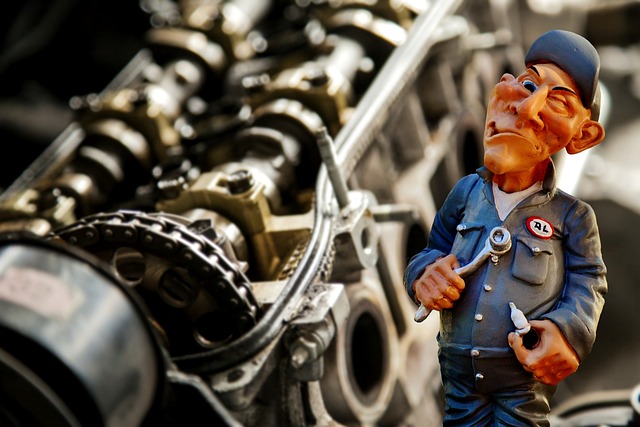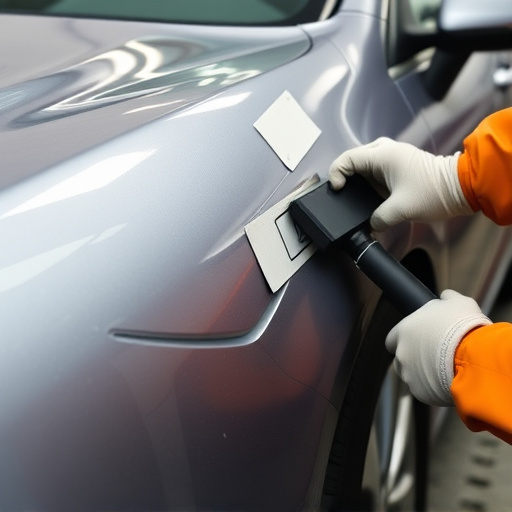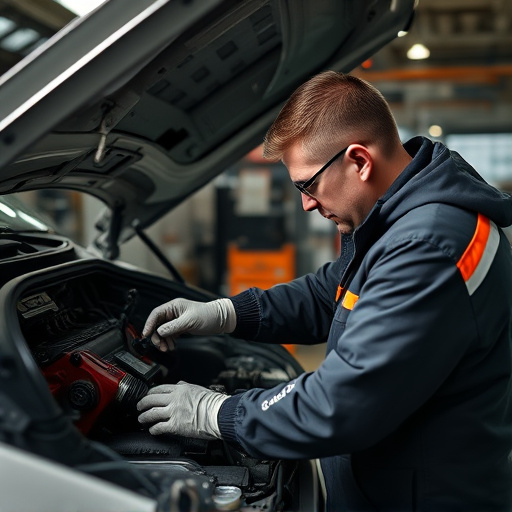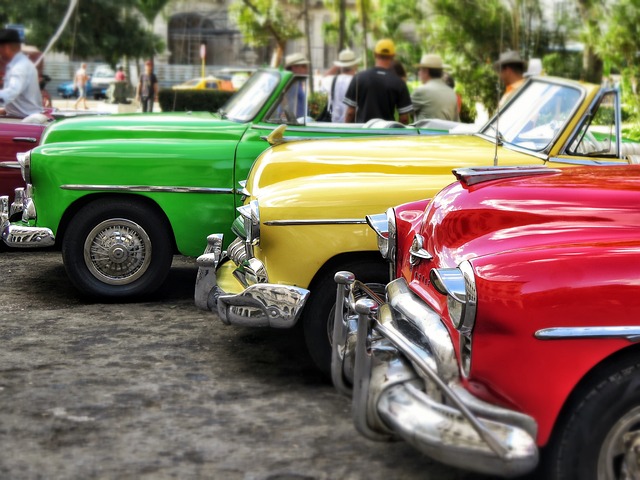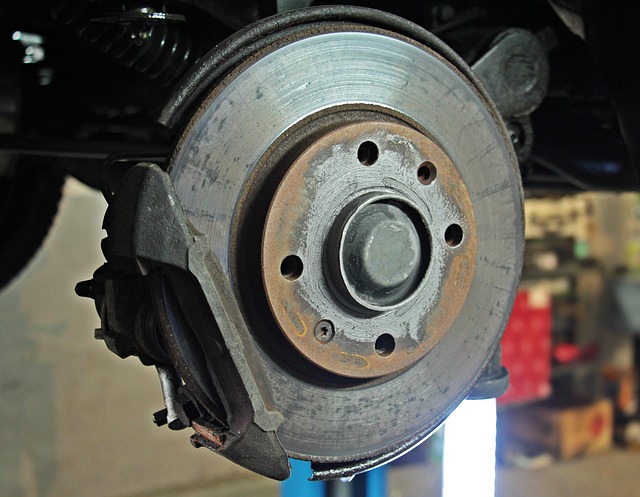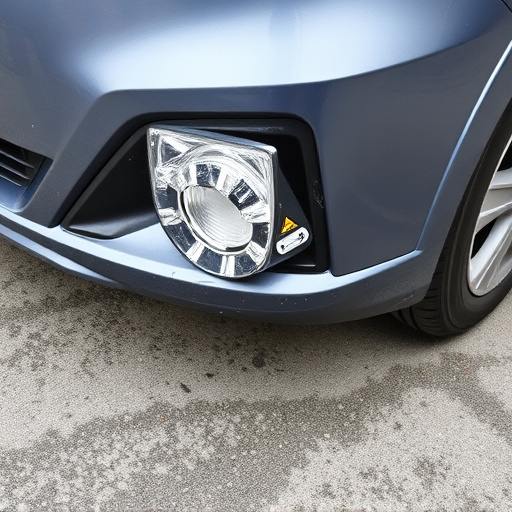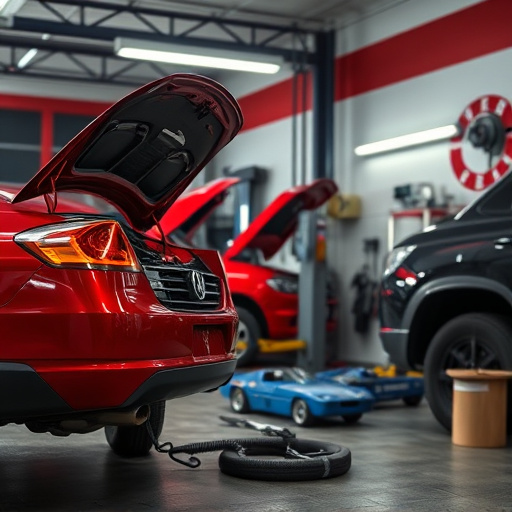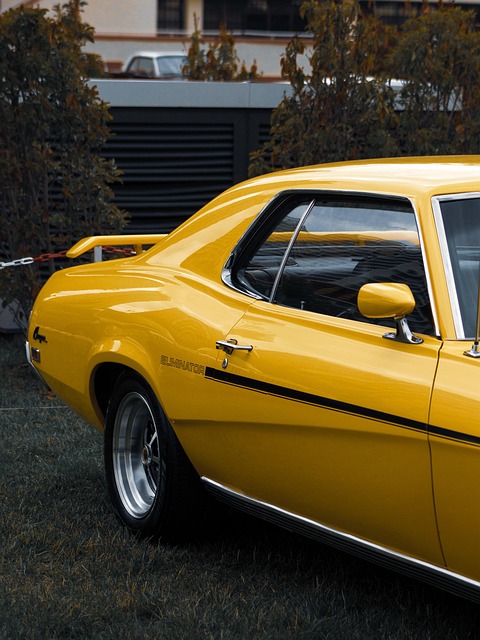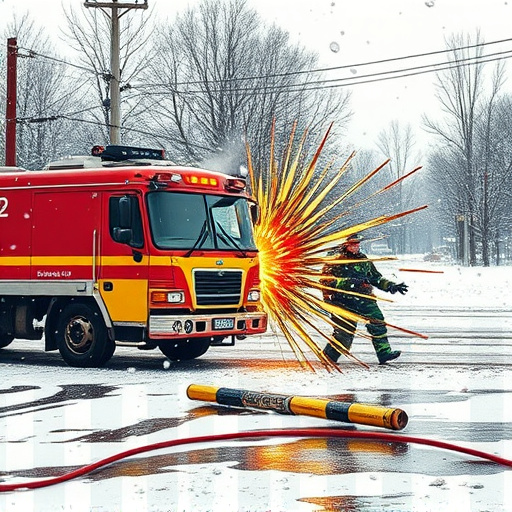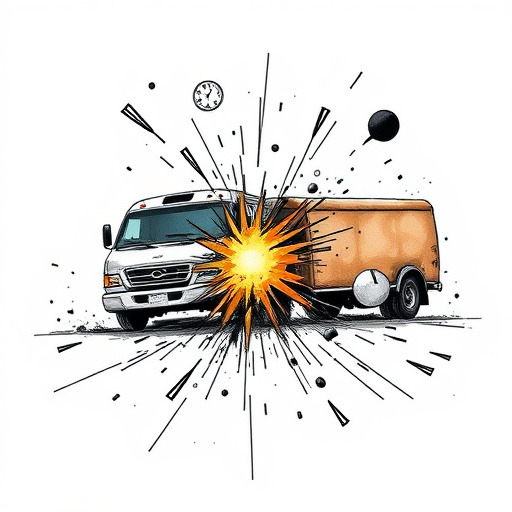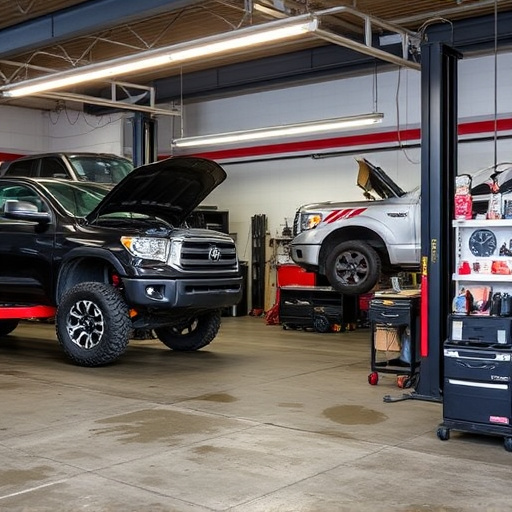Automotive paint types fall into base coat clear coat and solid (single-stage) categories, with each offering unique advantages and disadvantages for restoration or enhancement. Choosing the right type depends on damage severity, desired finish, environmental impact, regulatory compliance, and shop expertise. Application involves preparation like sanding, priming, and degreasing, followed by spray painting or brush-on finishes. Post-painting care includes regular washing, waxing, and monitoring for chipping to maintain UV protection.
Choosing the right automotive paint type is a crucial step in any restoration or customization project. This guide will help you navigate the various options, ensuring you make an informed decision. We’ll break down the different automotive paint types, from traditional latex to modern acrylics, and explore key factors like durability, finish, and application methods. Understanding these aspects will enable you to select the perfect paint for your vehicle’s unique needs, enhancing its aesthetics and longevity.
- Understanding Automotive Paint Types
- Factors to Consider When Choosing
- Applying and Maintaining Your Selection
Understanding Automotive Paint Types

Automotive paint types are a crucial consideration for any vehicle owner looking to restore or enhance their ride’s exterior. The market offers a variety of options, each with its unique properties and benefits, making it essential to understand these differences before making a choice. Two primary categories dominate the automotive paint landscape: base coat clear coat and solid (or single-stage) paints.
Base coat clear coat is a popular and modern approach in automotive repair and body shop services. This system consists of two layers: a base coat that provides color, followed by a protective clear coat layer. This combination offers superior durability, a vibrant finish, and excellent resistance to chips and fading. On the other hand, solid paints are simpler, consisting of a single stage that delivers both color and protection. They’re typically more cost-effective for basic repairs but may not provide the same level of longevity or luster as their two-layer counterparts.
Factors to Consider When Choosing
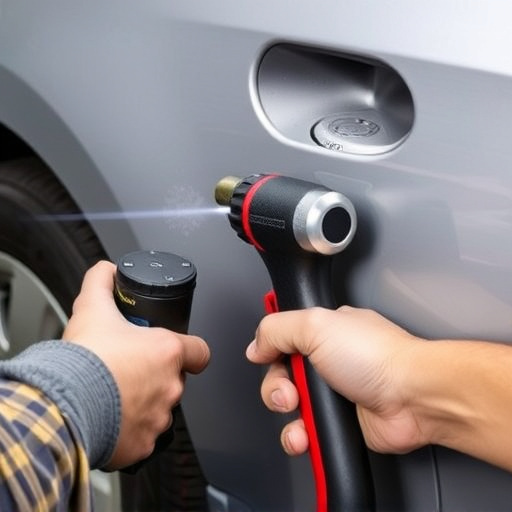
When choosing between automotive paint types for your vehicle’s repair or restoration, several factors come into play. Firstly, consider the extent of the damage and the type of finish required. Different automotive paint types serve various purposes; some are ideal for restoring vintage cars, while others are better suited for contemporary vehicles with complex designs. The level of skill and experience at your auto repair shop or collision center is also critical. Some paints demand specialized application techniques and equipment, ensuring a flawless, long-lasting finish.
The environmental impact and safety of the paint should not be overlooked. Modern automotive paints often come with eco-friendly formulations, offering better air quality during application and reduced harmful emissions post-application. This consideration becomes increasingly relevant when visiting a collision center, as it ensures a healthier environment for both workers and customers. Additionally, regulatory compliance is essential, especially in regions with stringent environmental standards, to avoid legal complications related to paint disposal or application methods.
Applying and Maintaining Your Selection
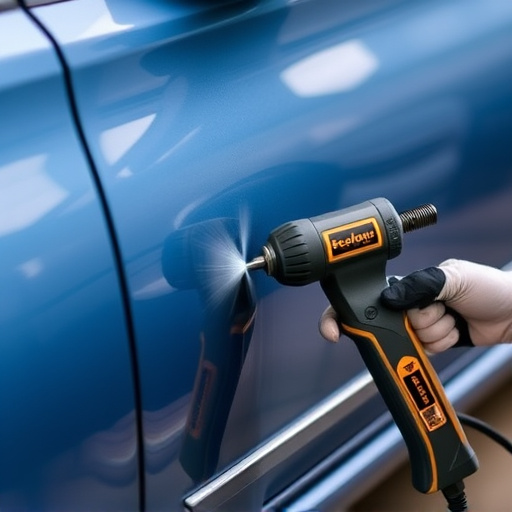
After carefully selecting your automotive paint type, it’s time to focus on application and maintenance. The process of applying the paint varies slightly depending on the type you’ve chosen—whether it’s a traditional brush-on finish or a more modern spray application. Regardless of method, ensuring a clean, prepared surface is paramount for a lasting result. This includes sanding, priming, and degreasing to create a smooth canvas.
Proper maintenance after painting is just as crucial. For instance, regular washing and waxing will protect your Mercedes-Benz collision repair (or any vehicle) from UV damage and maintain its glossy finish. Additionally, monitoring for signs of chipping or peeling, common with poor surface preparation or low-quality paint, allows for prompt touch-ups. Maintaining your automotive paint types through these practices ensures that your car’s exterior remains as impressive as the day it left the collision repair shop.
When selecting an automotive paint type, understanding your needs and prioritizing factors like durability, finish quality, and application ease is key. Researching different paint options and their unique characteristics allows you to make an informed decision for both aesthetic enhancement and long-term protection of your vehicle. Remember, the right choice in automotive paint types can transform your car’s appearance and maintain its value over time.

